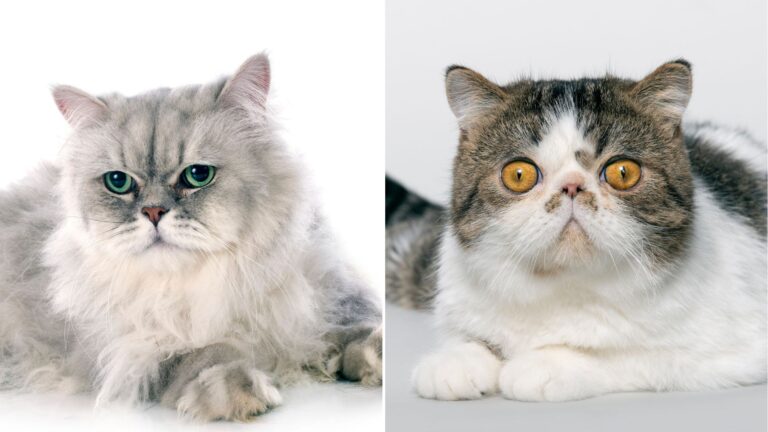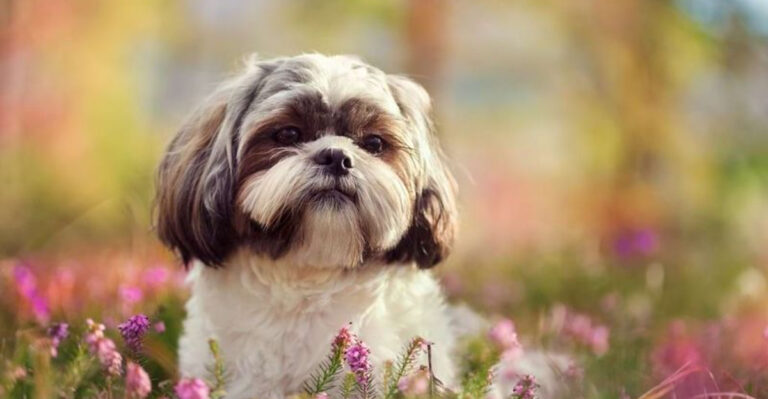16 Stubborn Dog Breeds That Are Challenging To Train
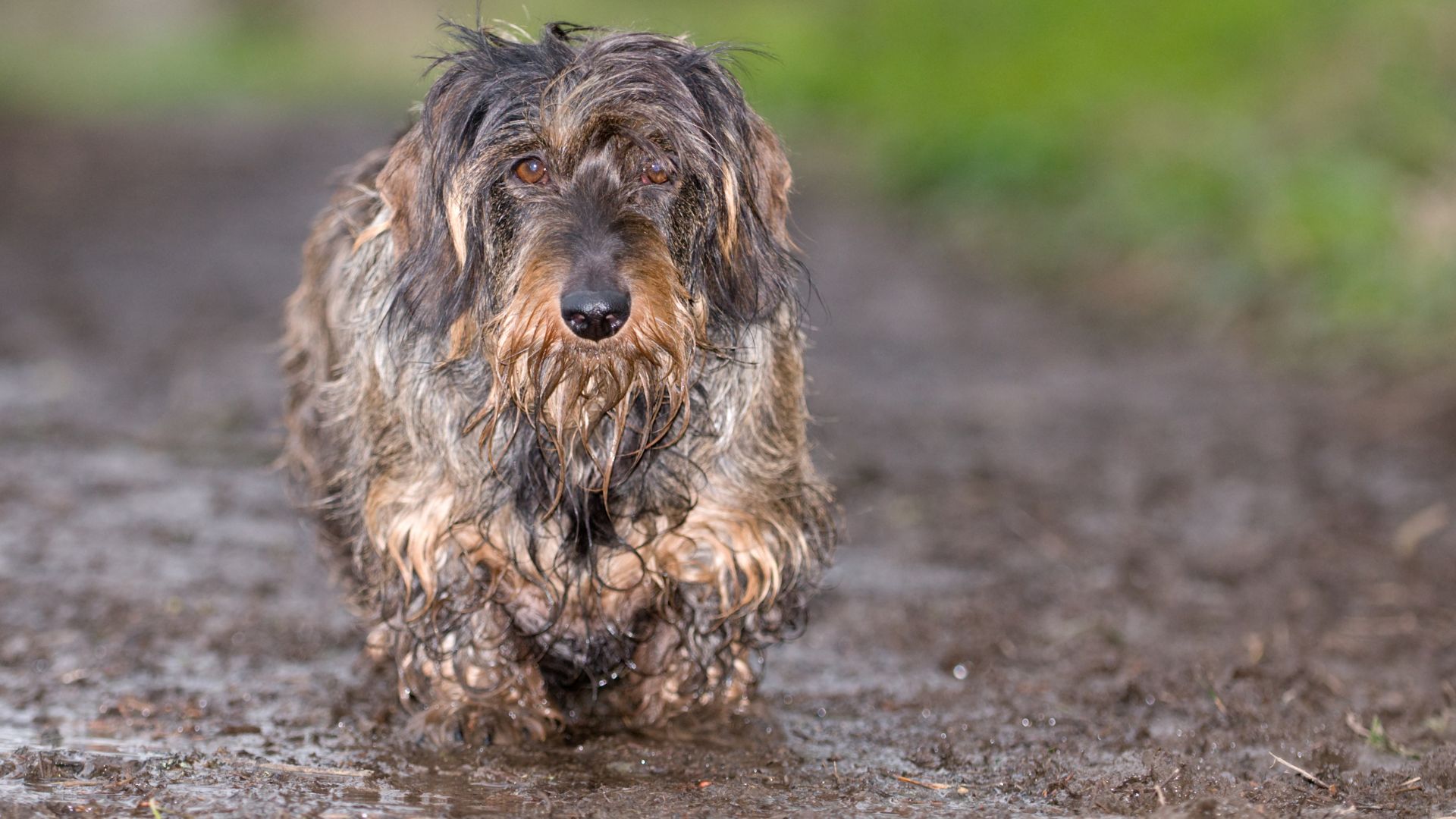
Every dog has its unique personality, and while some breeds are eager to please and quick to learn, others can be a bit more challenging when it comes to training.
Some dogs, due to their independent nature or strong-willed temperament, may not always follow commands as easily, making training a more time-consuming and patient process.
Whether it’s because of their intelligence, stubbornness, or simply their desire to do things their own way, these breeds require extra dedication and consistency from their owners. If you’re up for a rewarding challenge, these dogs can make wonderful companions with the right training and care.
1. Scottish Terrier
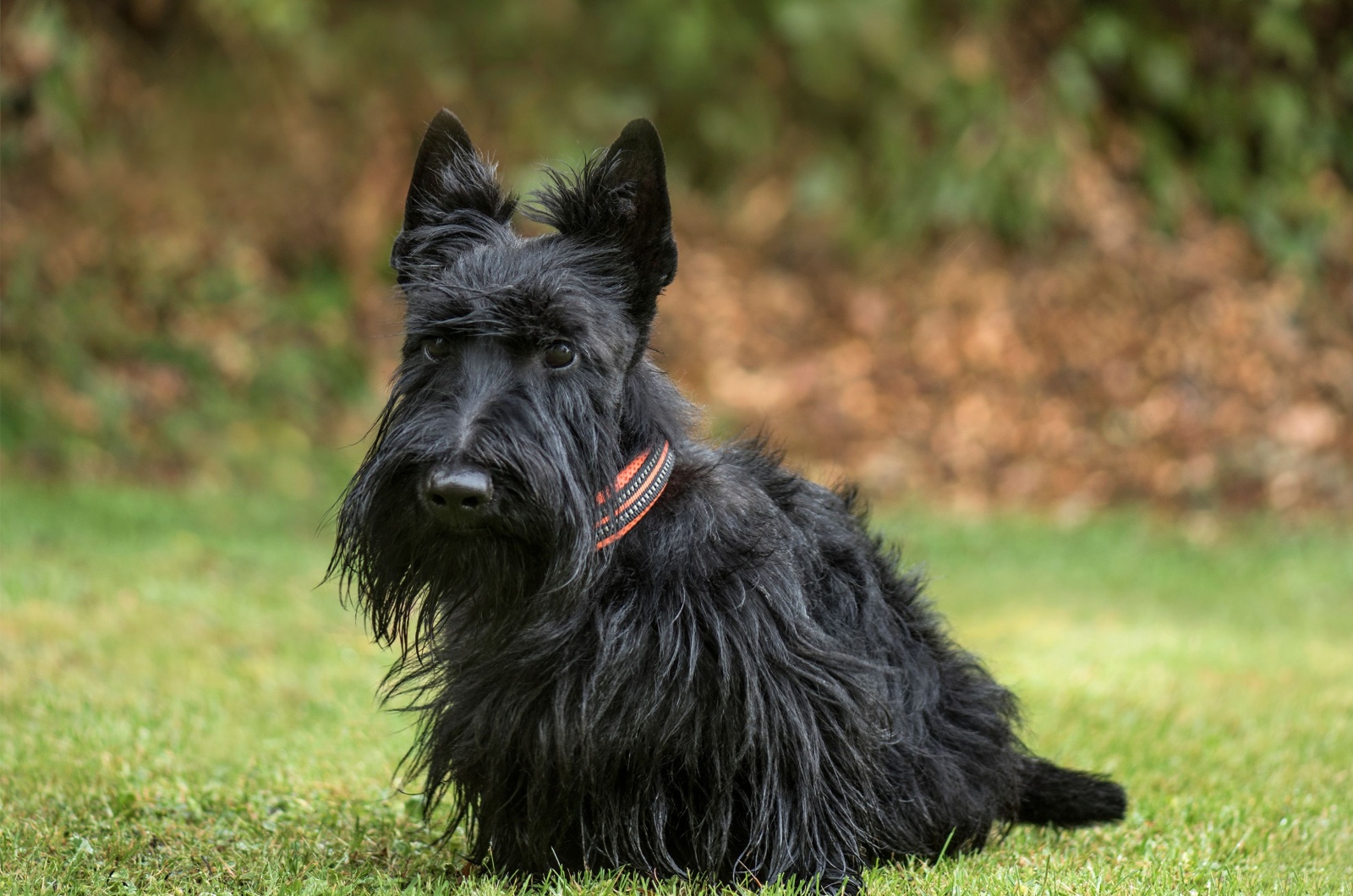
Scottish Terriers are on the list of least obedient dog breeds because they were bred to be hunting and tracing dogs.
This makes any kind of dog have these crazy instincts to go beyond their owner’s command, no matter how attached they are to their owner, and how lovable they are.
2. Dachshund

Dachshunds were developed as foxes, weasels, rodents, and even boar hunters. They have courage, self-reliance, and tenacity.
They are infamously challenging to housebreak and teach. They require activities that will keep their brain and body engaged because they are vivacious and bright. Their rebellious nature can be made worse by boredom.
They may be motivated to completely dig up your back yard because they have been bred to follow their desire to dig tunnels while pursuing badgers.
They enjoy barking as well. Dachshunds can be prevented from acting destructively with puzzle and interactive dog toys.
3. Chihuahua
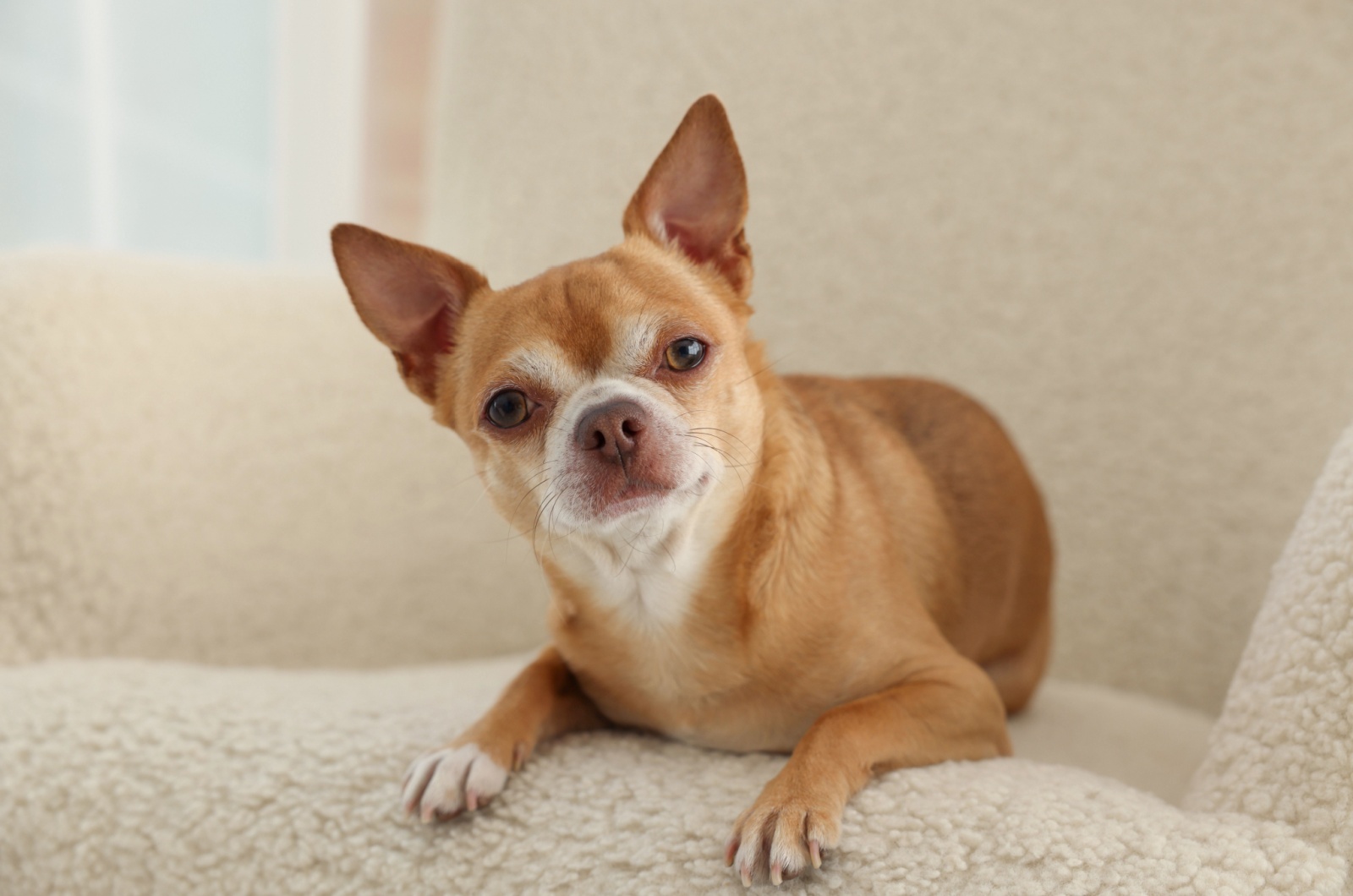
Their bark will cut right through your eardrums. For such a small breed, they produce a significant amount of noise. Chihuahuas frequently reach a maximum height of only eight inches.
These small dogs are pretty mean towards strangers, and sometimes even towards their owner. They have odd personalities that are really hard to manage.
4. Borzoi

You would be correct in assuming that a dog raised to fight wolves may have an autonomous mindset and be less likely to comply with humans. This is the Borzoi.
The Borzoi, once known as the Russian Wolfhound, will chase whatever it can, and doesn’t really care about obeying commands. The AKC says that they can be recalcitrant in their silent, cat-like nature, so coaching is best done with persistence, patience, and a sense of humor.
They must be held on a leash or permitted to run in a secure area because of their great urge to chase objects. This is not the kind of dog that will saunter leisurely behind you on a hike when left unattended.
5. Bloodhound
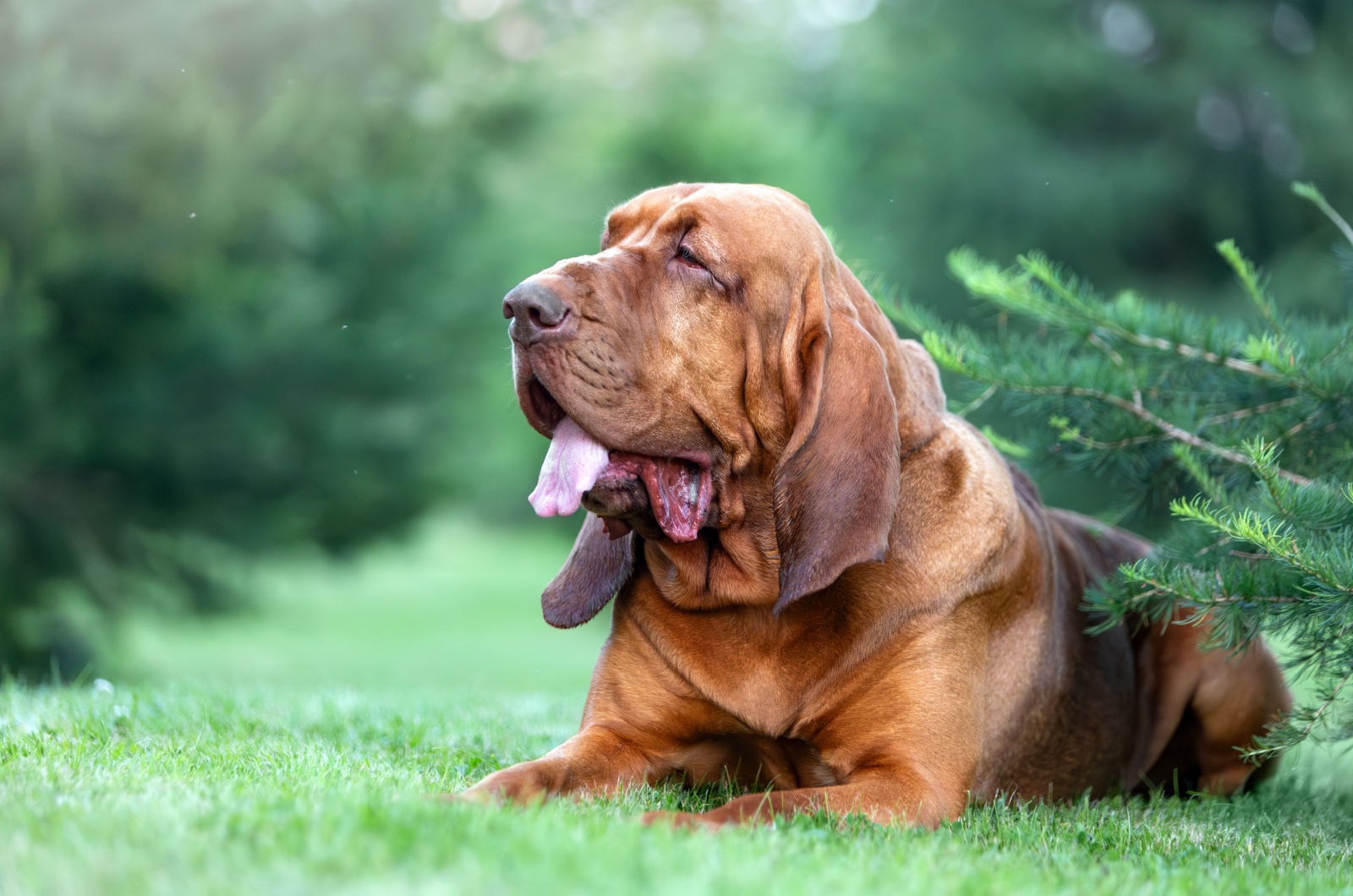
The Bloodhound was developed to track deer and wild boar, and when on the hunt, he was required to be independent-thinking.
Without proper training, the Bloodhound’s rebellious nature can make him highly unruly in modern times. Bloodhounds have an infinite supply of energy, and will travel to the far corners of the earth to find their prey.
The Bloodhound is described as “the meaning of the word stubborn” by Dogtime. A lot of care, training, and exercise can help the Bloodhound develop into a sensitive, understanding family pet.
Many people think the label “blooded” hound comes from the fact that these dogs were once maintained as prestige hounds by members of the royal family.
6. Basenji
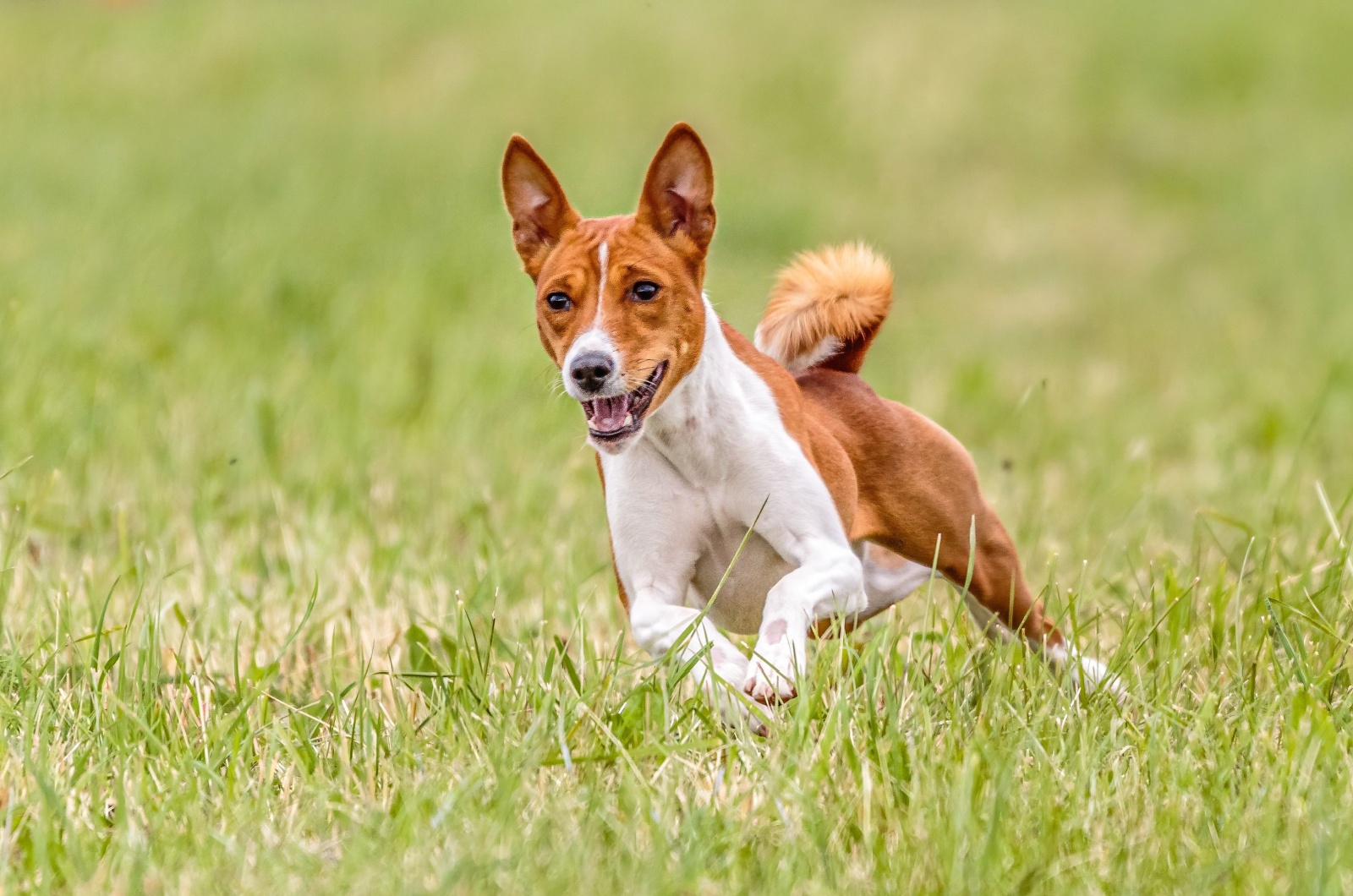
The Basenji has a highly cat-like disposition, just like the Chow Chow. They were developed to be solo hunters, much like the Afghan Hound. Although they are known as the “barkless dog,” this does not imply that they are silent.
They produce a noise that has been compared to a cackle and a yodel. Your neighbors might not find it as endearing as you do.
They require early socialization and training. They struggle to concentrate throughout training because of their limitless energy and limited attention span.
The excellent thing is that you are able to utilize positive reinforcement training methods on them because they have a strong desire to play.
7. Pug

When they first began to serve their owners in the historic Han period, believe it or not, Pugs were avid hunters.
They frequently run off if they see something that they wish to chase because they are hunting dogs. Your orders to stay, heel, or sit will definitely be ignored.
Pugs are known for their stubborn nature, and their free will that nobody in this world has the power to influence.
8. Beagle
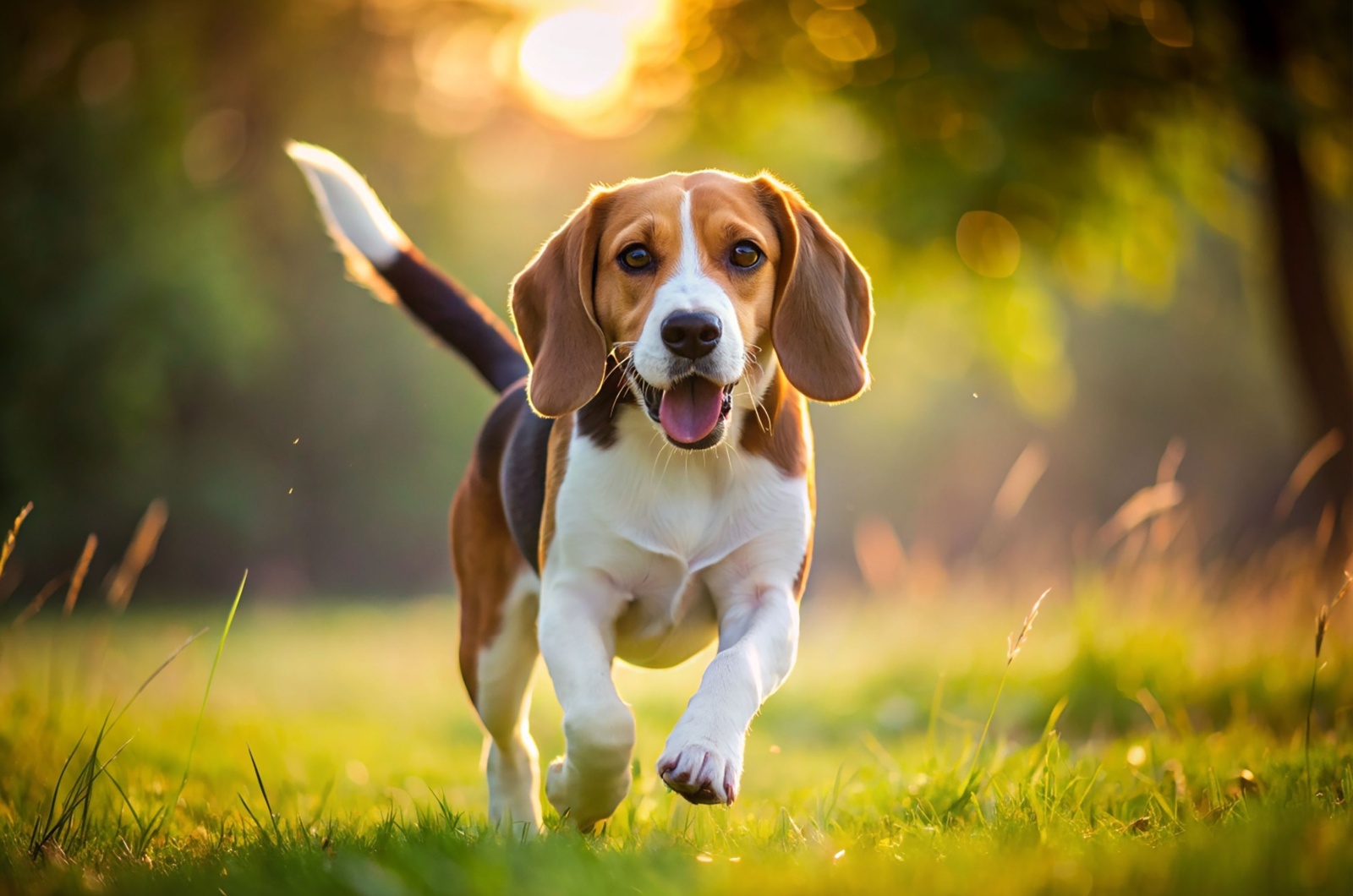
Beagles were trained to follow their nose all day long in search of prey; therefore, it can be difficult to train them to obey your commands rather than their nose.
It takes imagination to train them because of their obstinacy and propensity to follow their nose. Your Beagle won’t care what time of day it is if he spots something outside a window that he wants to chase.
Additionally, they were created to bay while on a hunt so that people can track the bark of the dog pack.
Your Beagle won’t care what hour of day (or night) it is if he spots anything outside the house that he feels the need to chase. To prevent them from acting destructively, they require a lot of activity.
9. Afghan Hound
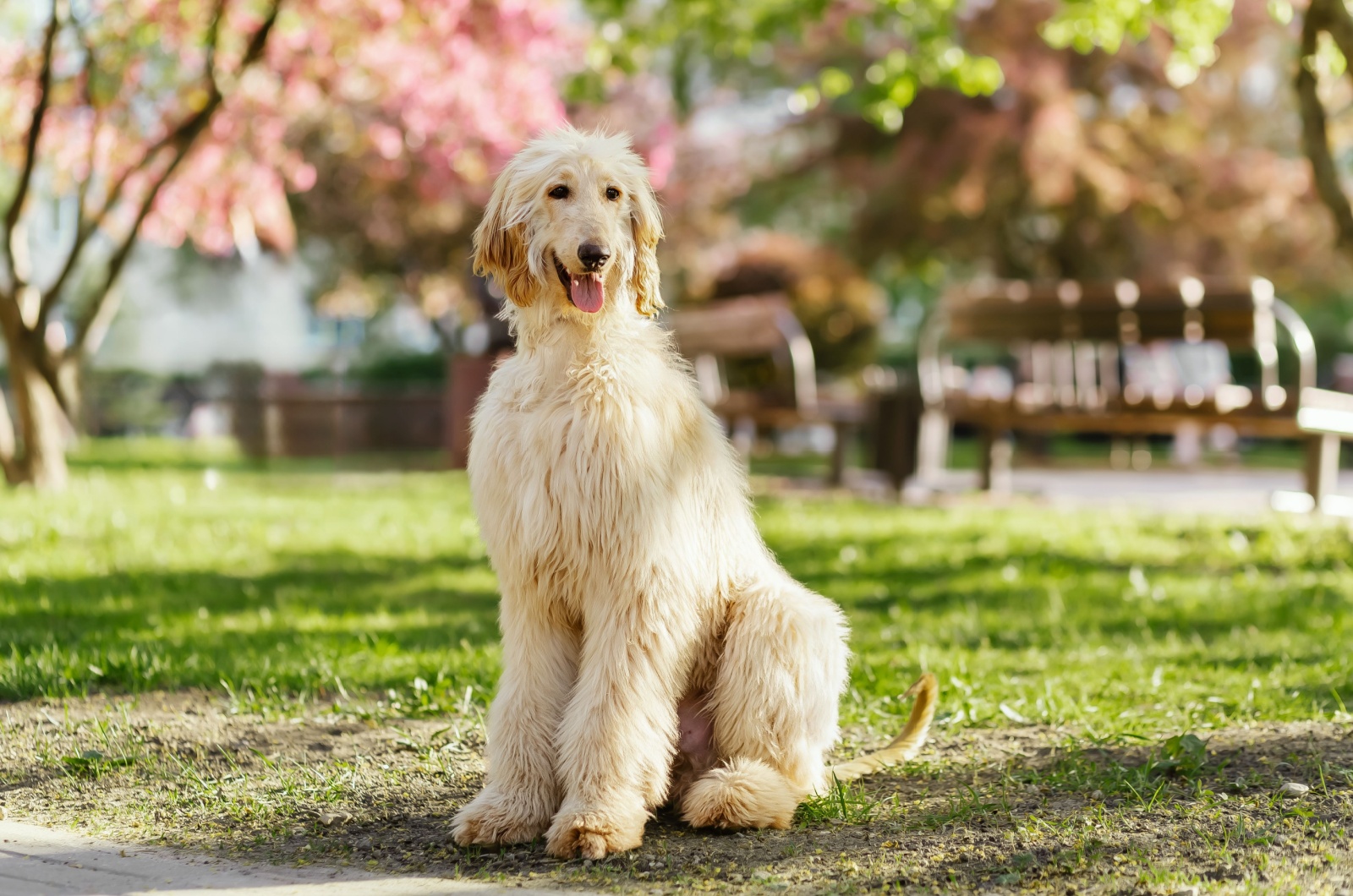
The Afghan Hound has been originally developed to pursue prey over long ranges for the whole day long (maybe that is why they are so pricey!).
Instead of asking their master for guidance, these sighthounds had to use their own judgment to keep tabs on the prey. These days, those characteristics are exhibited as independence and aloofness.
They compensate for their inability to adhere by being incredibly kind and devoted. No amount of training, according to owners of this noble breed, will be able to suppress their innate desire to pursue prey.
To satisfy their desire to actually sprint and run, they must have the chance to do it at least a couple of times per week in a sizable, properly-adjusted area.
It can be difficult to get them to pay attention to you rather than constantly scanning the surroundings looking for something to catch.
10. Chow Chow
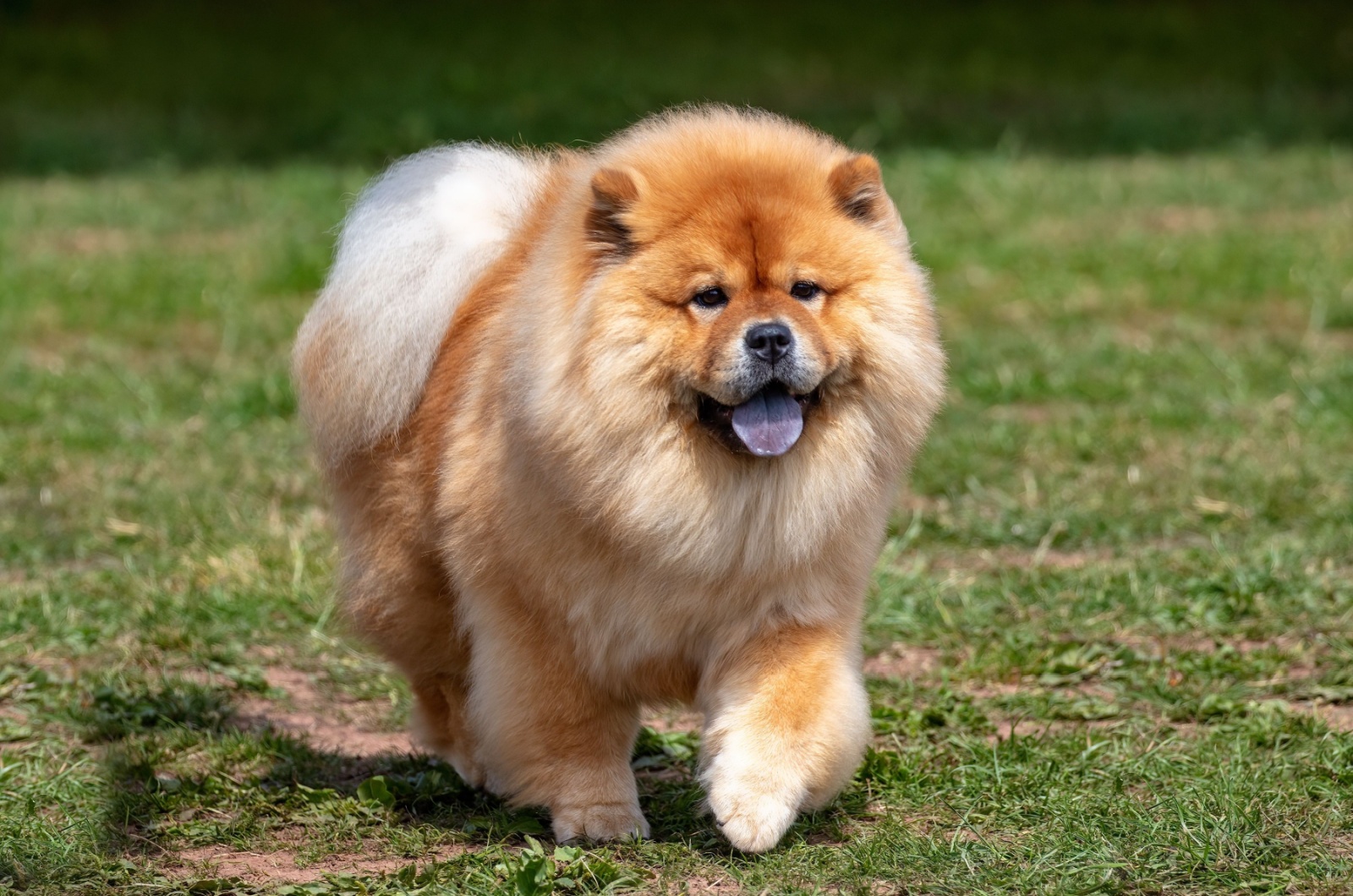
It’s claimed that Chow Chows have highly cat-like characteristics. They are autonomous, aristocratic, distant, introverted, smart, and stubborn.
Due to their inherent independence, they frequently choose to refuse your commands unless you can persuade them that doing so will benefit them.
Without receiving a lot of interaction as puppies, Chow Chows, no matter if male or female, are indeed susceptible to developing territorial behavior and aggression toward any human or canine outside of their close family.
They can be a liability anywhere other than your own property because of this, yet they can make great guard dogs. They are quite difficult to persuade that not all outsiders pose a threat to your family.
11. Shiba Inu
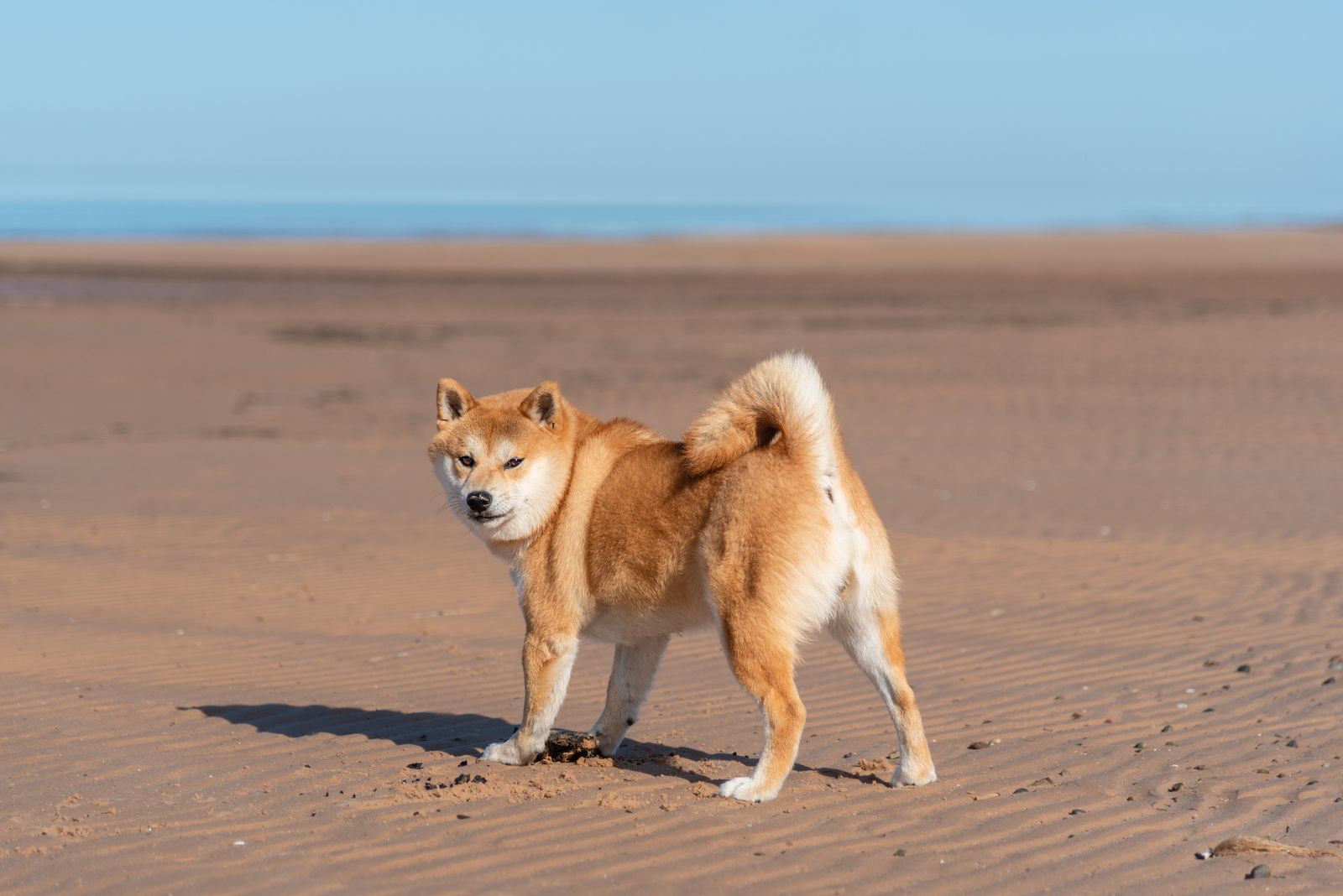
The Shiba Inu is another breed with a cat-like personality, known for its independence and stubbornness. These dogs often choose to ignore commands unless they see a personal advantage.
Their strong prey drive and aloofness make training a persistent challenge.
12. Siberian Husky
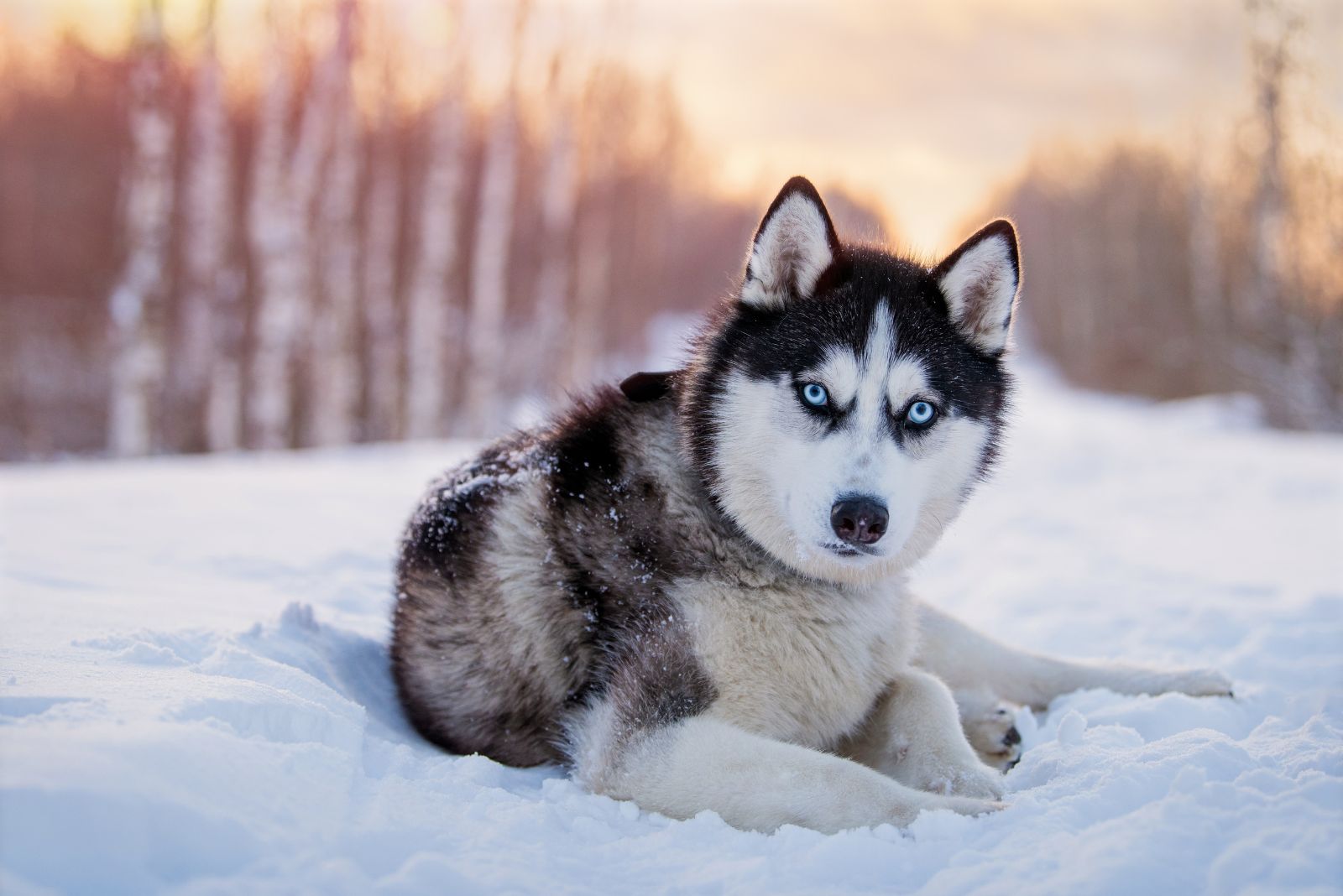
Siberian Huskies are intelligent but notoriously free-spirited. Originally bred to pull sleds, they have a strong work ethic but are often uninterested in obedience commands.
Their mischievous nature and love for running off make training a test of patience and creativity.
13. Shar Pei
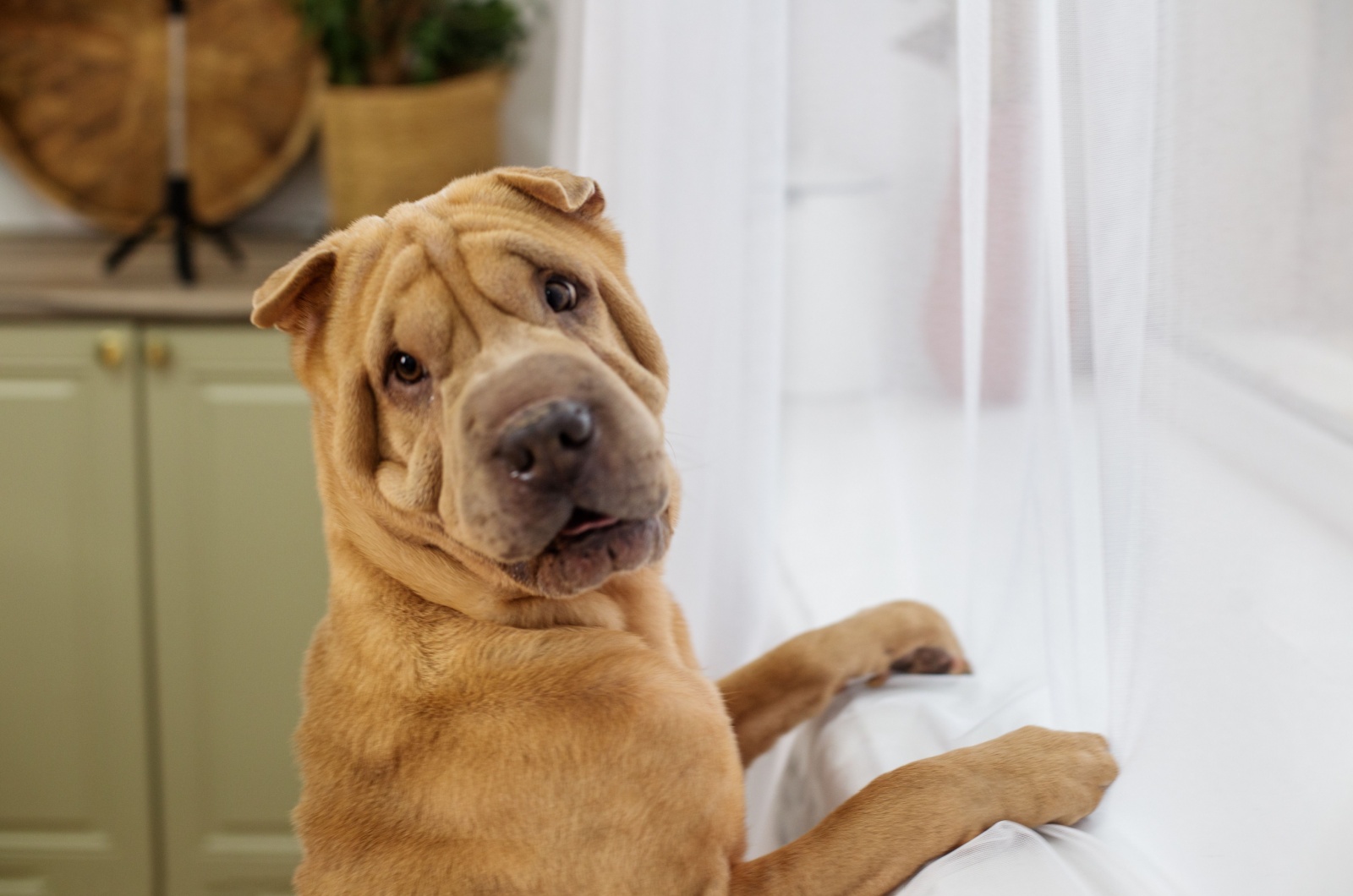
Credit: Shutterstock
The Shar Pei, with its distinctive wrinkled skin and independent demeanor, is a breed known for its stubbornness, making training a challenging task.
These dogs are naturally aloof and reserved, often preferring to do things on their own terms rather than follow commands. While highly intelligent, their independent streak can make them appear disobedient, especially to inexperienced owners.
Shar Peis require firm, consistent training with a lot of patience and positive reinforcement. Their tendency to question authority means they often test boundaries, making early socialization and consistent routines essential.
Without proper guidance, their headstrong nature can lead to behavioral issues, making them a breed best suited for experienced dog owners.
14. Yorkshire Terrier
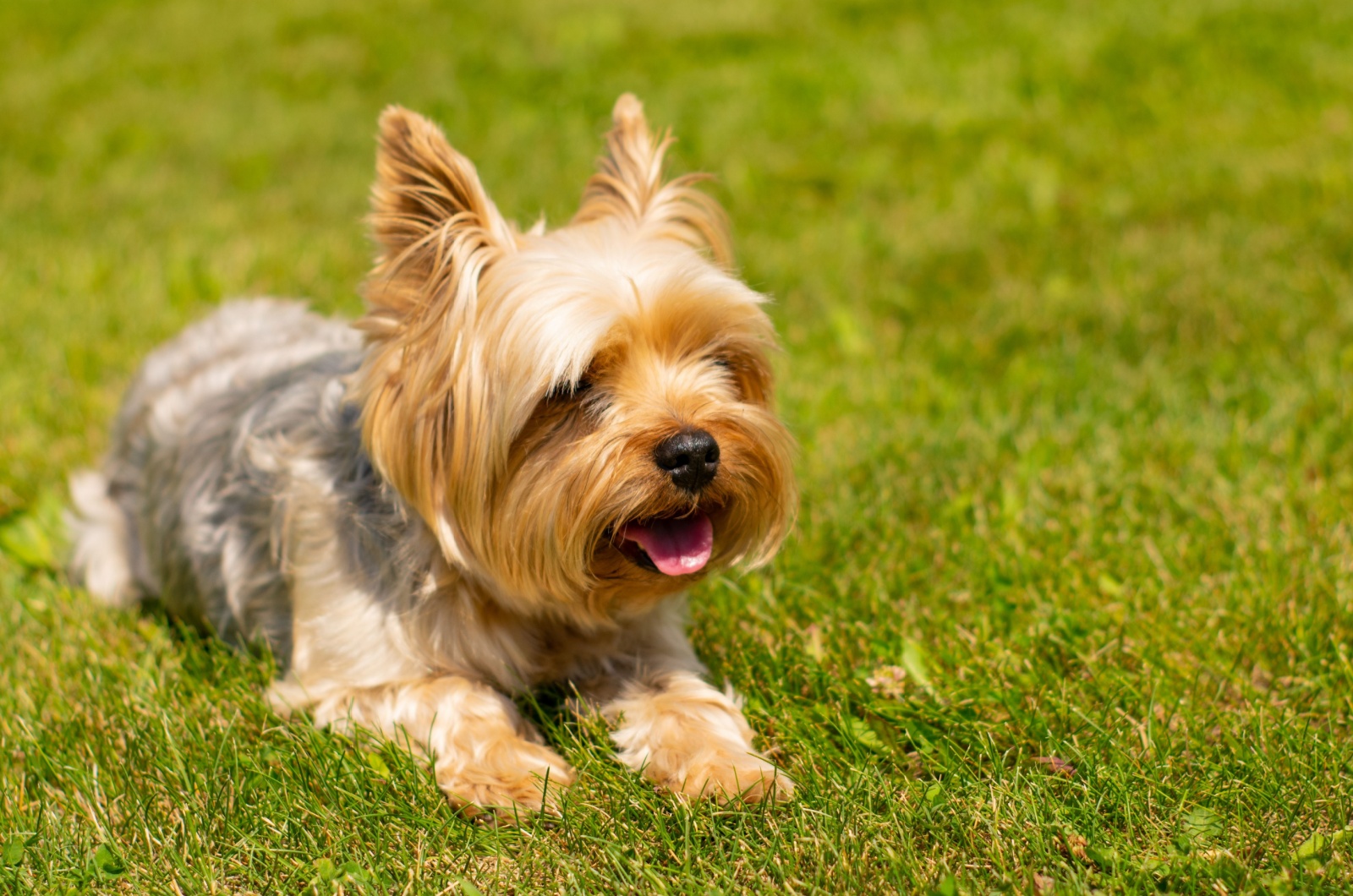
Credit: Shutterstock
Despite their small size, Yorkshire Terriers have big personalities and a stubborn streak to match, making them surprisingly difficult to train.
Known for their feisty and independent nature, Yorkies often ignore commands if they don’t see an immediate benefit.
Their intelligence allows them to learn quickly, but their willful attitude means they’ll only comply when it suits them. Yorkies can also develop “small dog syndrome,” where they act like they’re much larger and more dominant than they are.
Successful training requires consistency, patience, and plenty of positive reinforcement. Owners must establish clear boundaries early on to ensure these spirited little dogs don’t become too unruly.
15. Dachshund
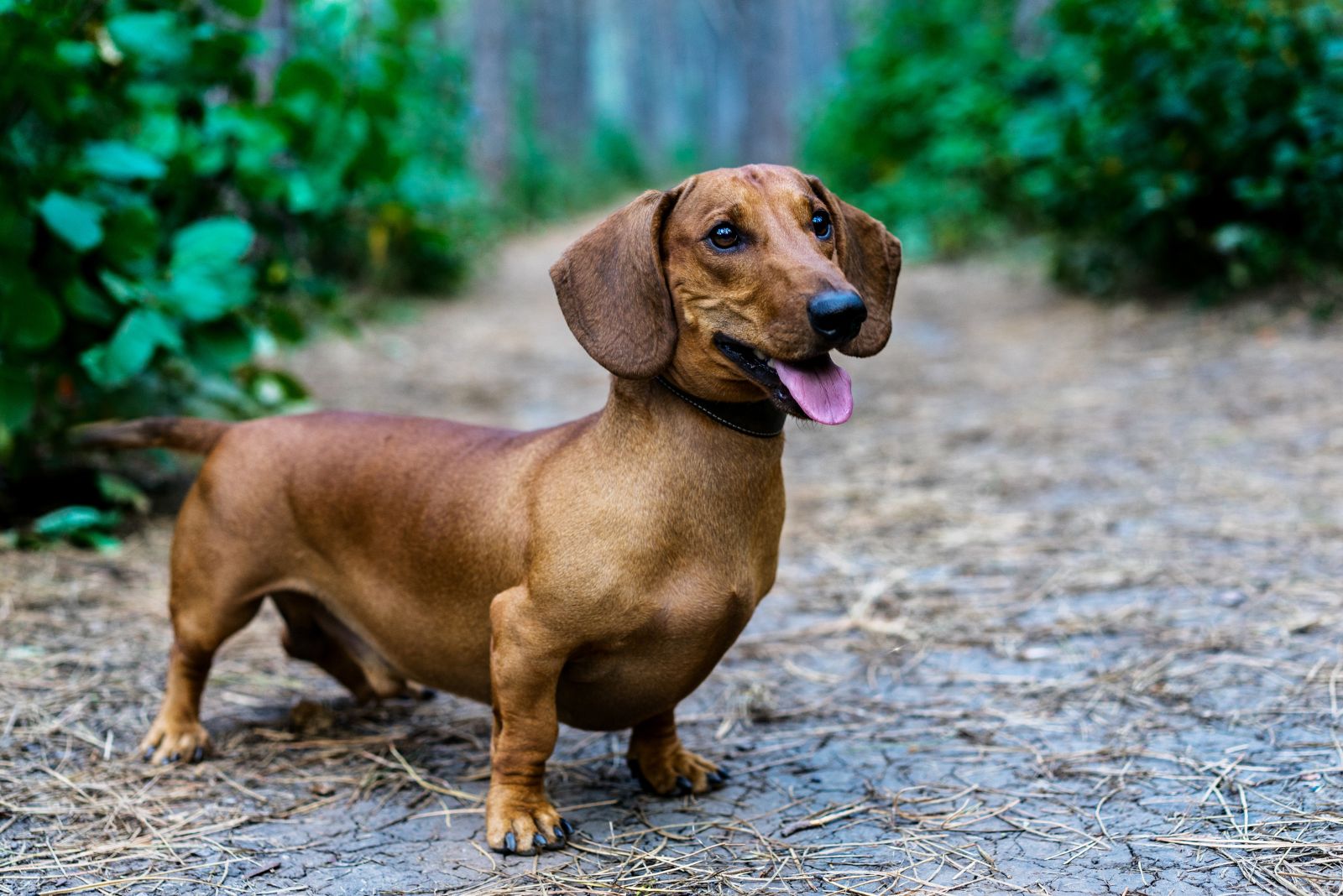
Dachshunds are small dogs with big personalities and an independent streak that can make training a bit of a challenge.
Known for their strong hunting instincts, especially when it comes to chasing small animals, Dachshunds tend to be more focused on their own interests than following commands. Their stubbornness often leads to difficulty in house training and obedience training, as they like to do things on their terms.
Despite their independence, Dachshunds are highly intelligent and affectionate, and with patience, consistency, and positive reinforcement, they can become well-trained companions.
16. Saint Bernard

Saint Bernards are gentle giants known for their calm and affectionate nature, but their size and independent attitude can make them stubborn when it comes to training.
While they are generally eager to please, their massive size and strength can sometimes lead them to ignore commands, especially if they don’t see an immediate benefit.
Due to their history as rescue dogs in the Swiss Alps, Saint Bernards are intelligent and quick learners, but they need firm, consistent training from an early age to curb their occasional aloofness.




